Regulation
Through time: the highs and lows of OPEC
Qatar’s withdrawal from OPEC last year brought an end to its 57-year association with the world’s most powerful oil oversight body, the latest disruption to hit an organisation that has dominated the global oil industry for over half a century. JP Casey tracks the highs and lows of OPEC.
Credit: Novikov Aleksey / Shutterstock.com
T
he Organisation of the Petroleum Exporting Countries (OPEC) is the world’s most influential group of oil producers and exporters, with 14 member states across three continents, controlling over 80% of the world’s proven oil reserves.
The group was formed in 1960 by five members from the Middle East and South America to shift the balance of power in the global oil industry from the US to the countries responsible for the production and export of oil, and has gone on to dictate global oil supply and prices. Despite internal disagreements over production quotas imposed on members, and external conflicts such as the Iran-Iraq War and the Iraqi invasion of Kuwait that inflated oil prices, the group has remained influential over the global oil sector for 59 years.

September 1960:
OPEC founded
The group was founded by Iran, Iraq, Kuwait, Saudi Arabia and Venezuela in Baghdad, with its headquarters later settled in Vienna, Austria. The founders were quickly joined by Qatar in 1961, and Indonesia and Libya in 1962, and these early members were some of the world’s largest oil exporters in the 1960s. By the early 1970s, the group’s members controlled over half of the world’s oil production.
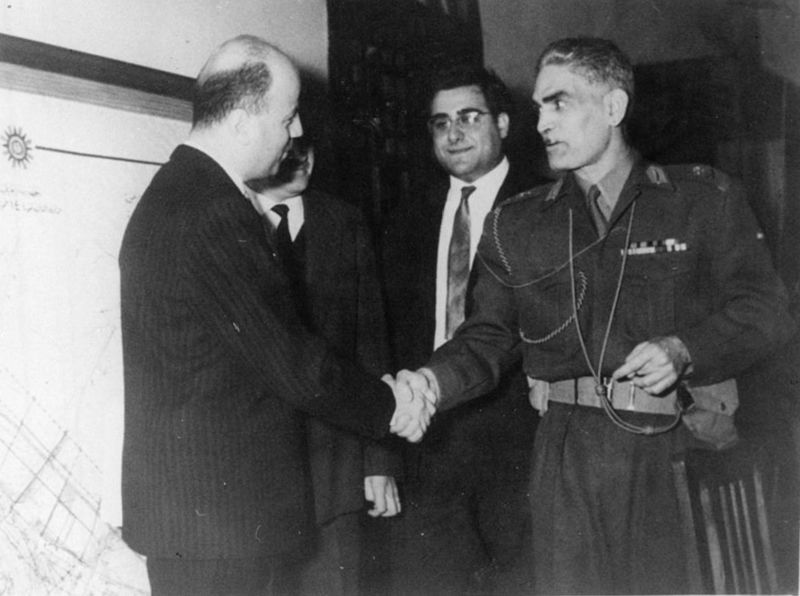
Abd al-Karim Qasim, Iraq Prime Minister 1960. Credit: Wikimedia.
1963-1973:
Growing influence
OPEC’s influence grew as US oil production fell, with US surplus domestic production falling from four million barrels per day in 1963 to just one million in 1970. Over the same period, the share of oil produced by the Seven Sisters oil companies, the powerful US-based multinational corporations, in OPEC member states fell from 86% to 77%. OPEC further expanded its membership, with the United Arab Emirates (UAE), Algeria, Nigeria and Ecuador joining between 1967 and 1973, and expanding the group’s influence to four continents.
October 1973:
Yom Kippur War and international embargo
The Yom Kippur War triggered an embargo on OPEC oil sold to countries that backed Israel in the conflict, including the US and the UK. The ban lasted six months, and while it failed to deter western involvement in the war, the resulting oil shortages in the west caused oil prices to jump from $23.79 per barrel to $55. The embargo was the first example of OPEC wielding significant political power on a global scale, and the group attracted its fourth African member, Gabon, in 1975.
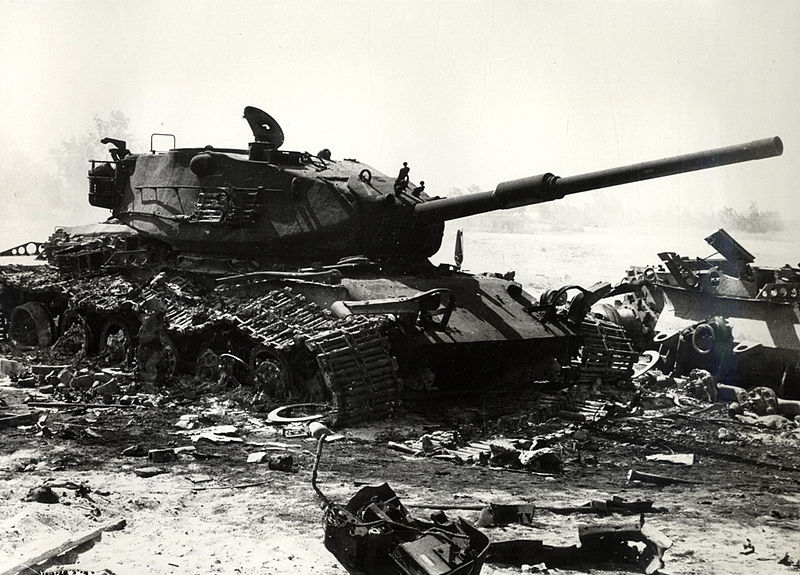
Yom Kippur War . Credit: Wikimedia.
January 1976:
OFID launched
The group launched the OPEC Fund for International Development (OFID) in 1976, with lofty ambitions to provide financial assistance to developing countries. The initiative has provided over $1.4bn to 134 countries since its launch, through public and private sector loans and grant programmes for research and development projects. These philanthropic efforts represent the group at its most coherent and politically influential, ahead of major unrest in the late 1970s and 1980s.
January 1978:
Iranian Revolution and oil price increases
The overthrow of the Iranian Government between 1978 and 1979 significantly disrupted oil production in the country, with production falling from six million barrels per day to a quarter of that figure. Iran’s invasion of Iraq the following year, the first armed conflict between two OPEC member states, further destabilised the region, driving prices from $56 per barrel to $121 per barrel over the period. Actual oil supply only fell by around 4% in this period, suggesting that the oil crisis resulted from a perceived, rather than actual, lack of oil.
1980-1986:
Falling demand and instability
Following the 1979 oil crisis, the world looked to become less reliant on oil in general, and the west less reliant on OPEC in particular. Daily global oil demand fell by five million barrels by 1986, and OPEC’s market share fell from around 50% in 1979 to less than 30% in 1985. The group also began to fracture internally, with Saudi Arabia disagreeing with other members over production quotas intended to limit output and increase sales, before it broke ranks and began pursuing conflicting policies of underproduction, followed by overproduction. Oil prices fell to below $30 per barrel during this period.
1990-1995:
Iraq invasion of Kuwait and OPEC departures
For the second time in a decade, Saddam Hussein’s Iraq invaded another OPEC member, occupying neighbouring Kuwait for seven months starting in 1990, claiming that it was illegally drilling oil within Iraq’s borders. The conflict disrupted the combined 4.3 million barrels per day production of the two states, and caused another oil crisis, as prices rose from $33 per barrel in June to $75 per barrel in September. Ecuador and Gabon then left the organisation in 1992 and 1995 respectively, wanting to produce more oil than OPEC quotas permitted; while both countries would eventually re-join the group, the moves were a significant blow to OPEC’s unity and international credibility.
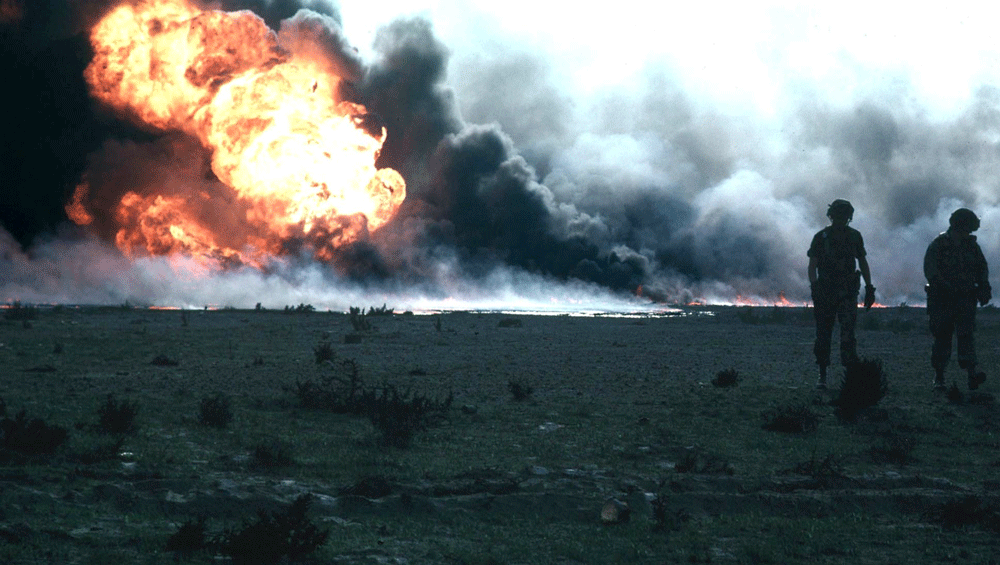
Kuwait Invasion. Credit: Wikimedia.
2002-2008:
Energy crisis and the financial crash
Ahead of the 2008 financial crash, greater global demand for petrol fuelled significant increases in oil prices, peaking at $161 per barrel. However, by January 2009, the recession had forced prices to $49 per barrel, and triggered further tension between Saudi Arabia and its fellow members, as it ignored a vote by members to reduce oil output in response to the crash. OPEC’s only Asian member, Indonesia, left the group following the crash, and while it would briefly return for an 11-month period in 2016, it remains absent from the group to this day.
2012-2018:
A return to stability
In 2012, OPEC committed $1bn to its ‘Energy for the Poor’ initiative, which had first been unveiled in 2008, but investment had been postponed following the financial crash. With the short-term effects of the recession over, the group refocused on its OFID projects, and worked to consolidate its membership. By 2018, Gabon had re-joined the group, while Equatorial Guinea and the Republic of the Congo had become members. The group also agreed to cut production by one million barrels per day in September 2016, following low oil prices of $40 triggered by 18 consecutive months of OPEC members exceeding production quotas, and the 2010s appeared a period of relative harmony and stability for the group.
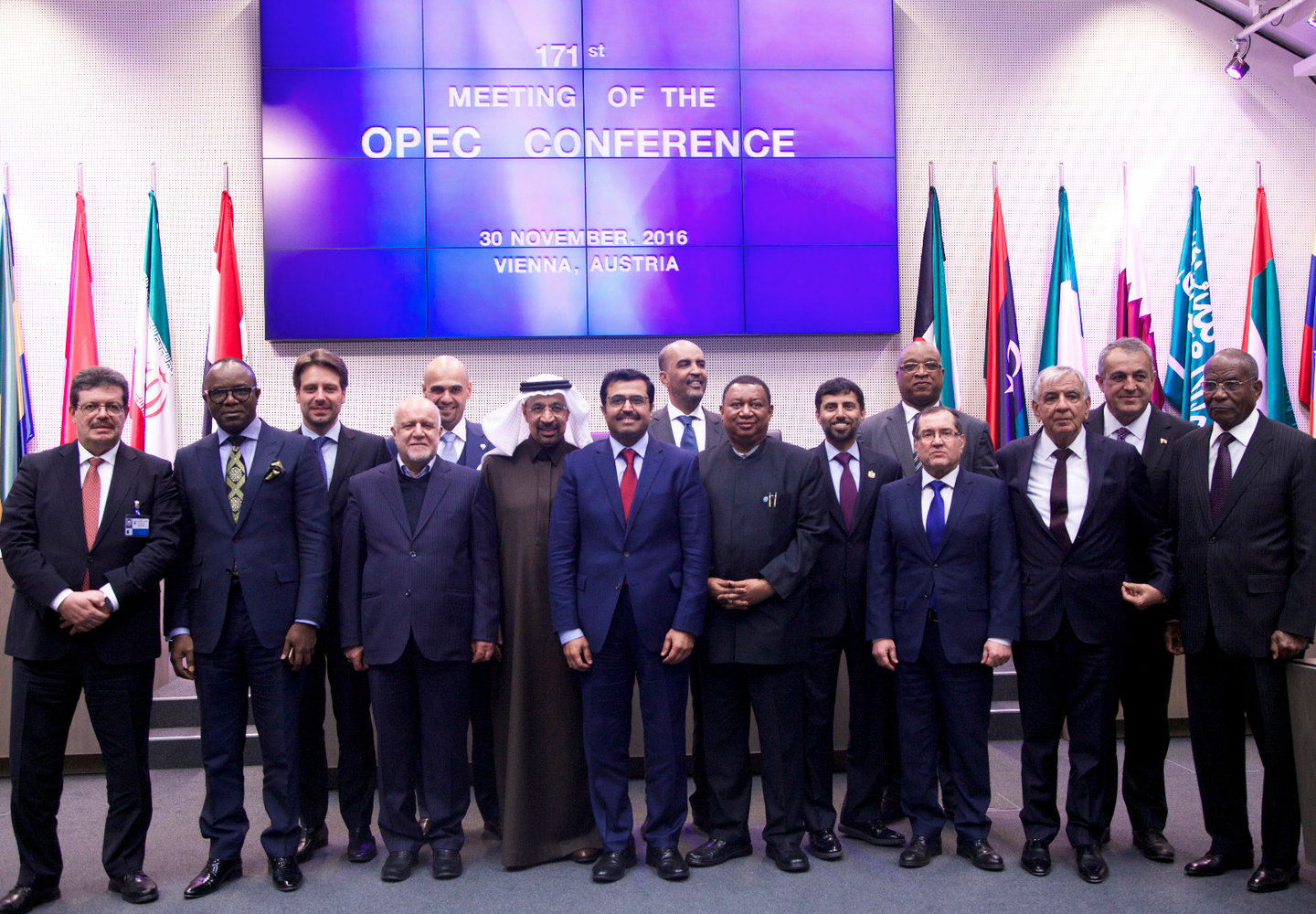
OPEC conference 2016. Credit: Cancillería del Ecuador/Flickr
January 2019:
Qatar leaves OPEC
This stability was shattered at the end of 2018, when Qatar announced it would leave the group at the start of 2019. While Qatar was never the most influential member in terms of raw production, producing fewer barrels per day than either other members in 2016, the reported reason behind the departure, that Saudi Arabia, the UAE, Bahrain and Egypt have boycotted Qatari oil exports, threatens to create tensions between OPEC members and their allies once again.
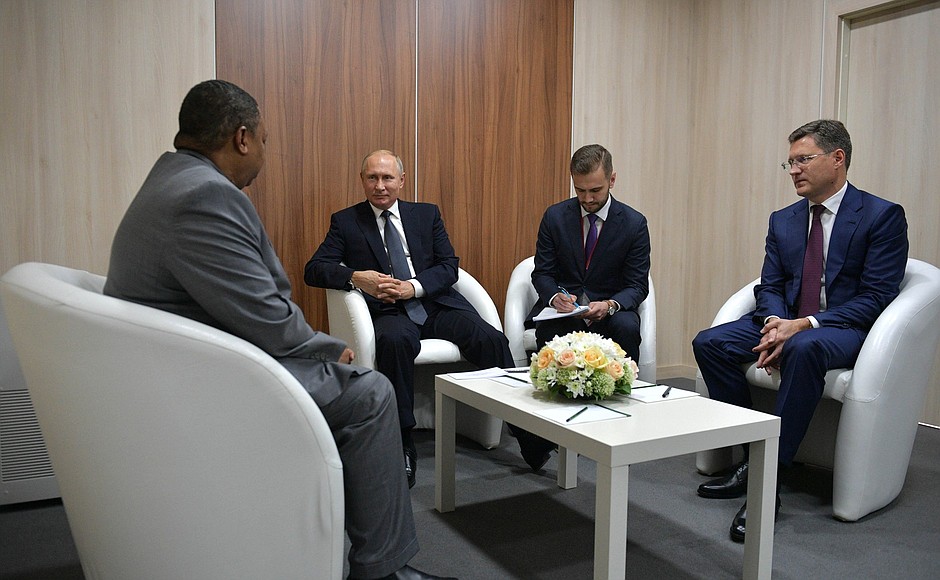
OPEC 2018 meeting. Credit: Russian Government